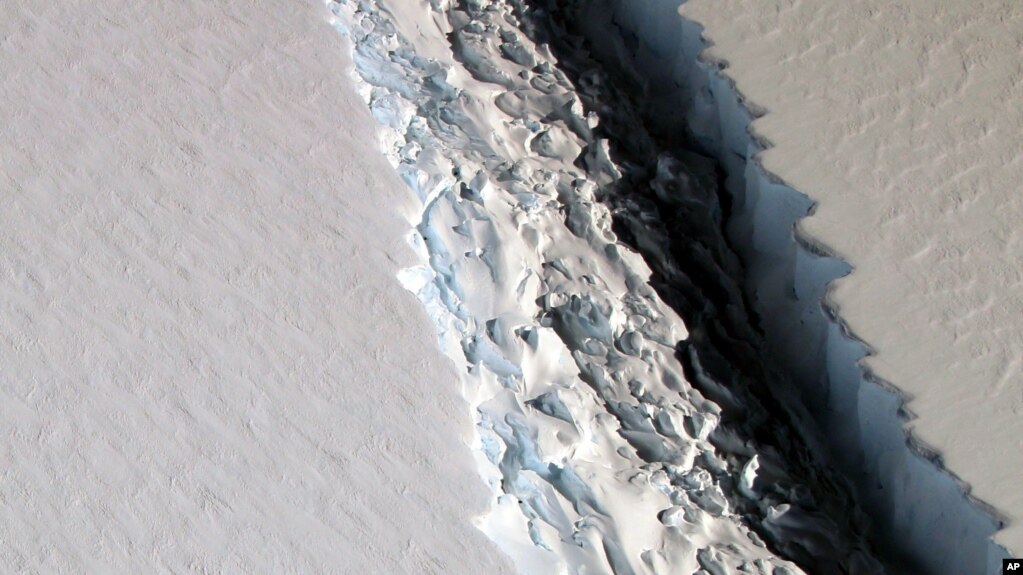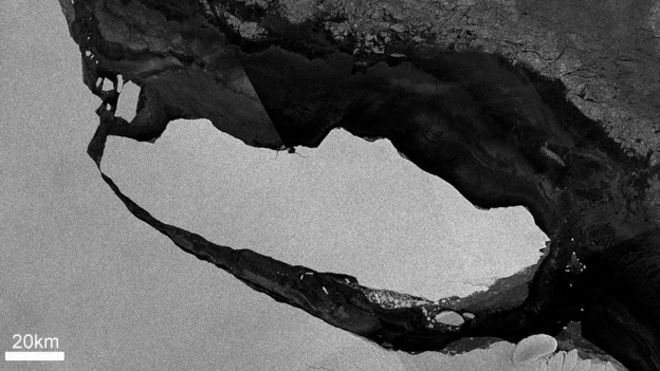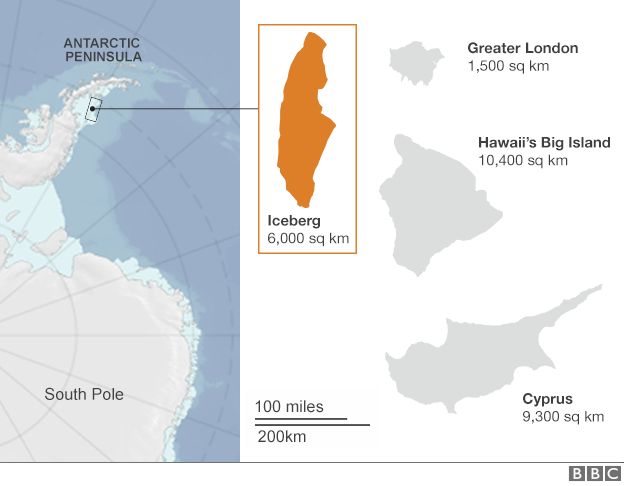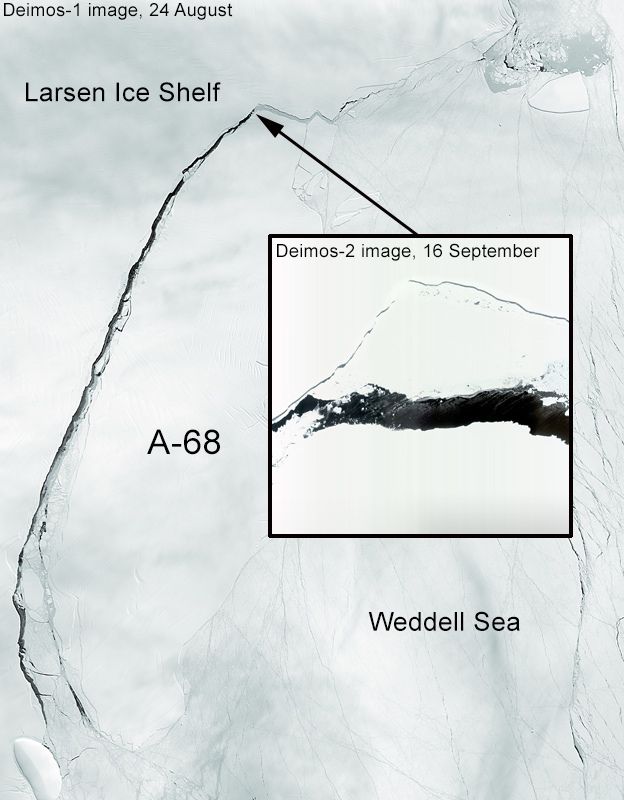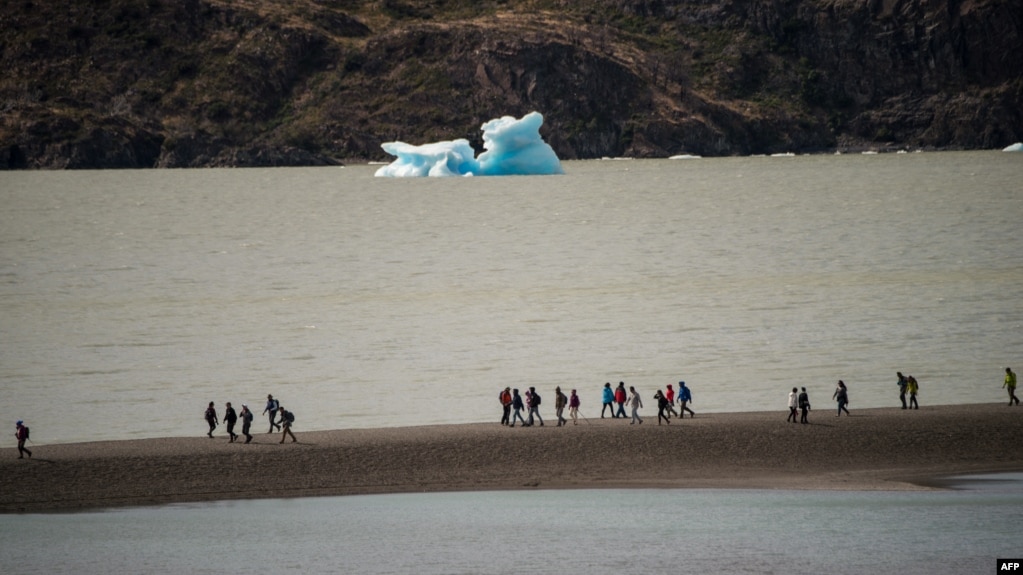basquebromance
Diamond Member
- Nov 26, 2015
- 109,396
- 27,004
- 2,220
- Banned
- #1
not just fake news, very fake, schizophrenic news!
As Trump mulls Paris climate deal, Antarctica could soon break off a Delaware-sized iceberg
As Trump mulls Paris climate deal, Antarctica could soon break off a Delaware-sized iceberg





